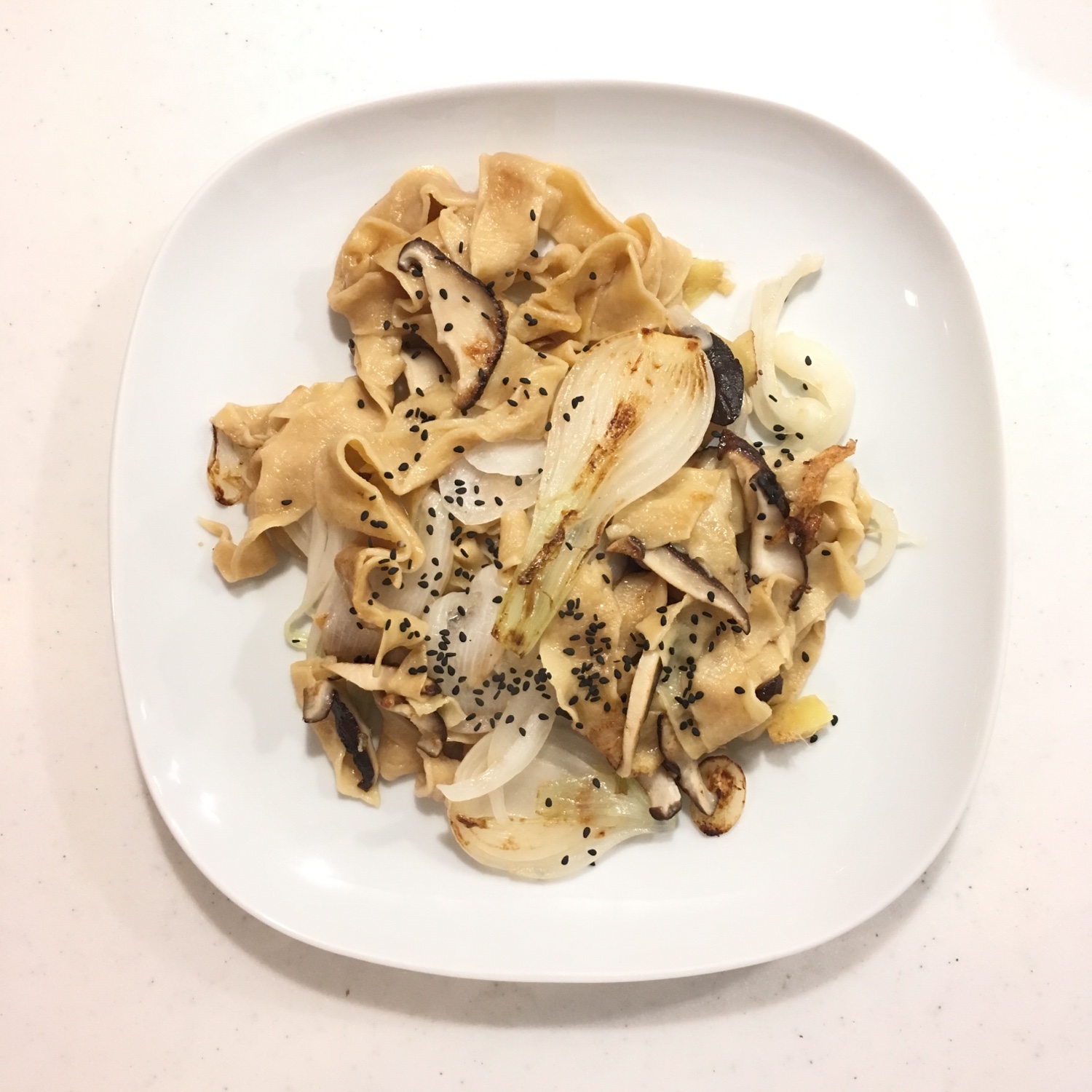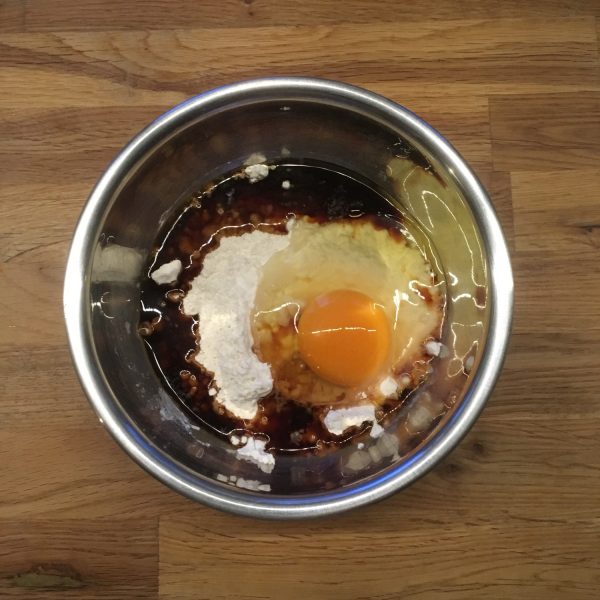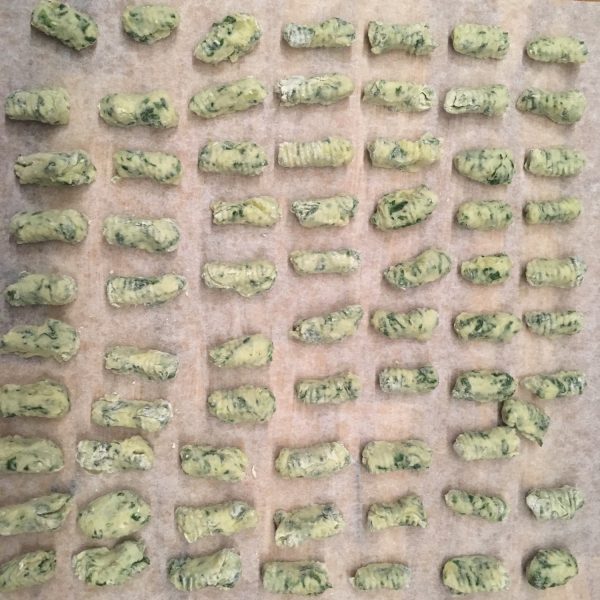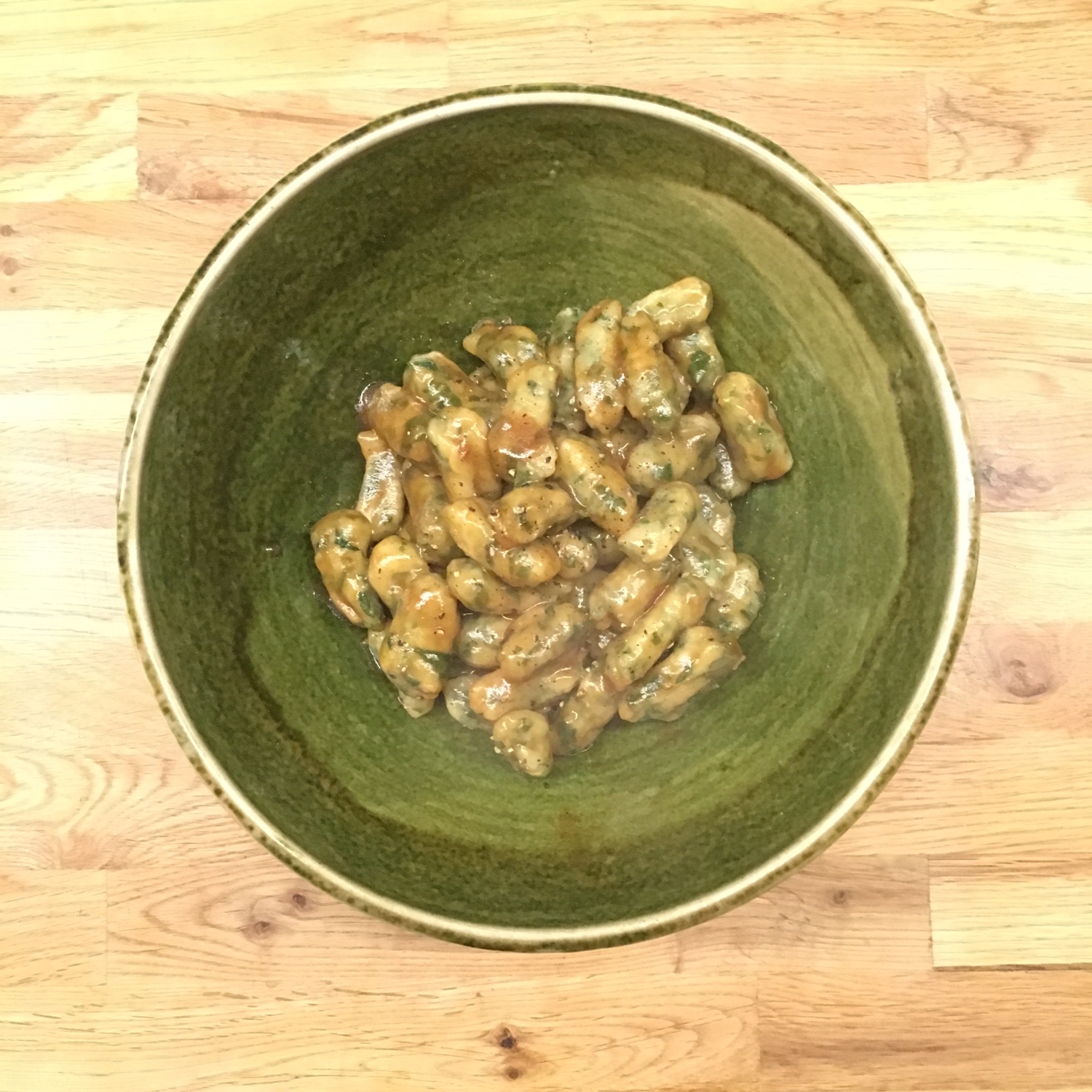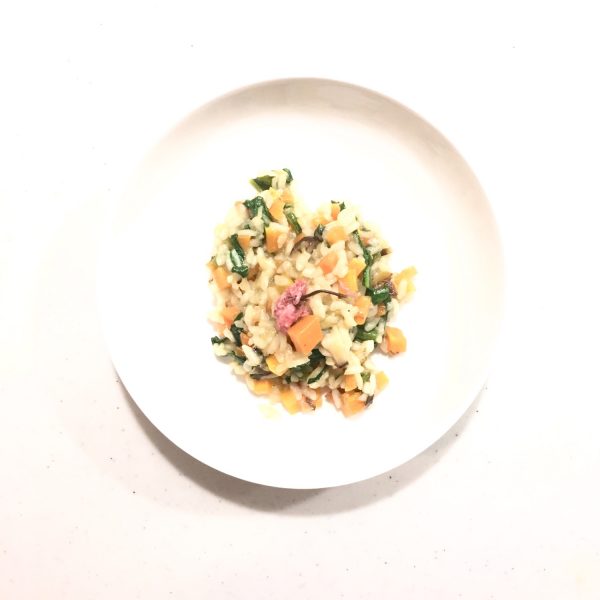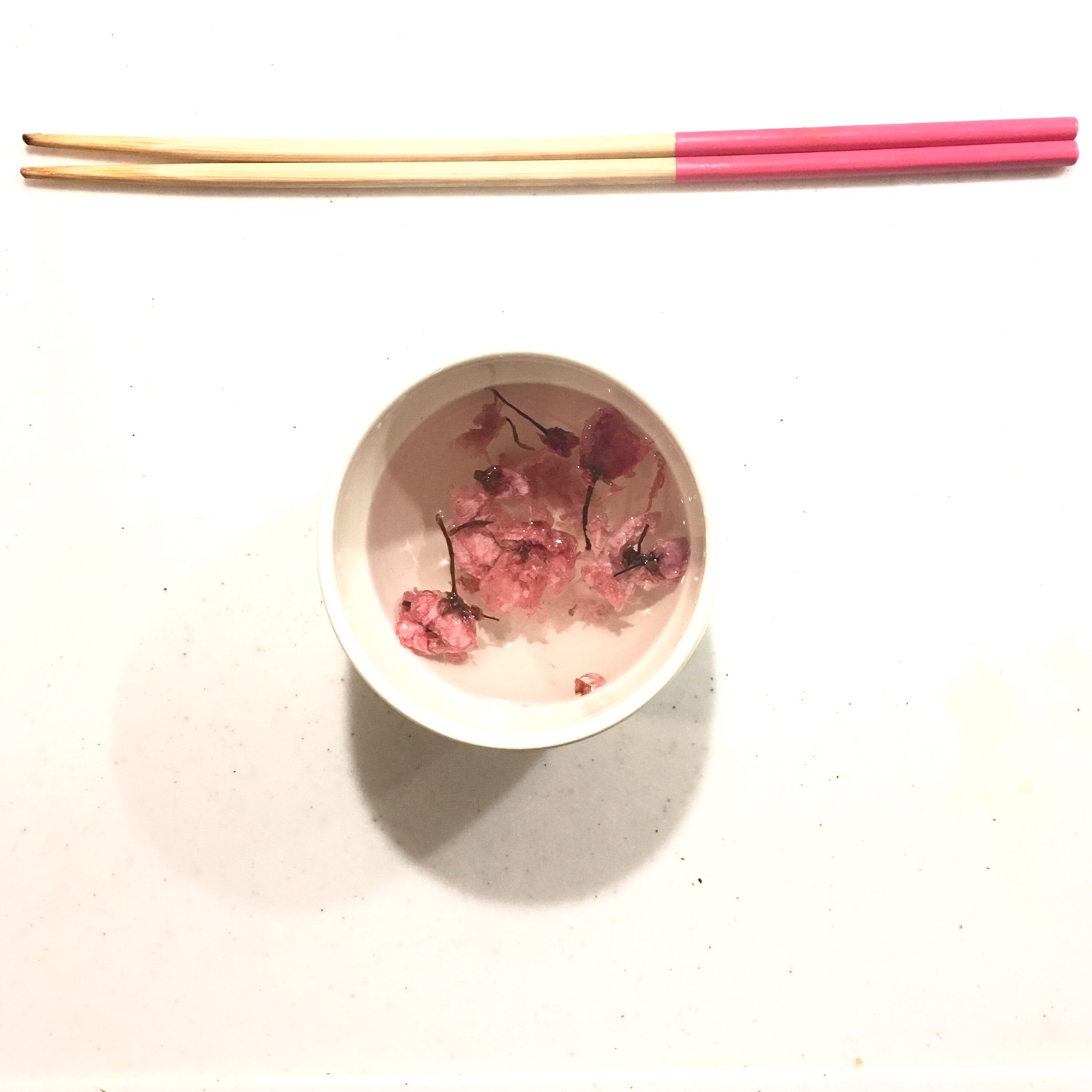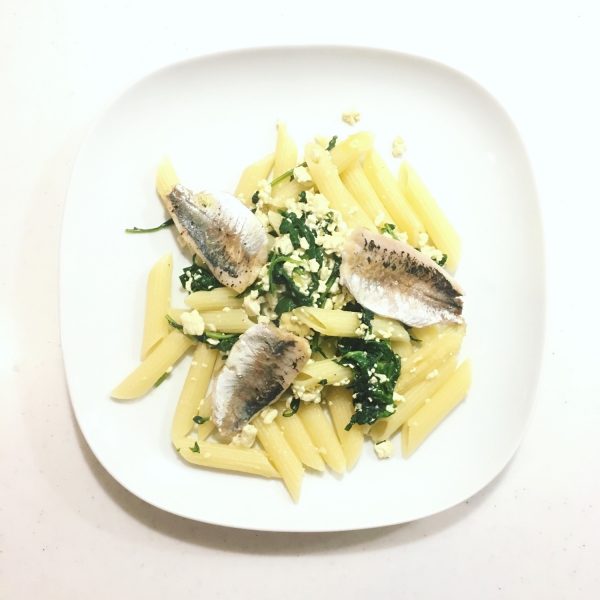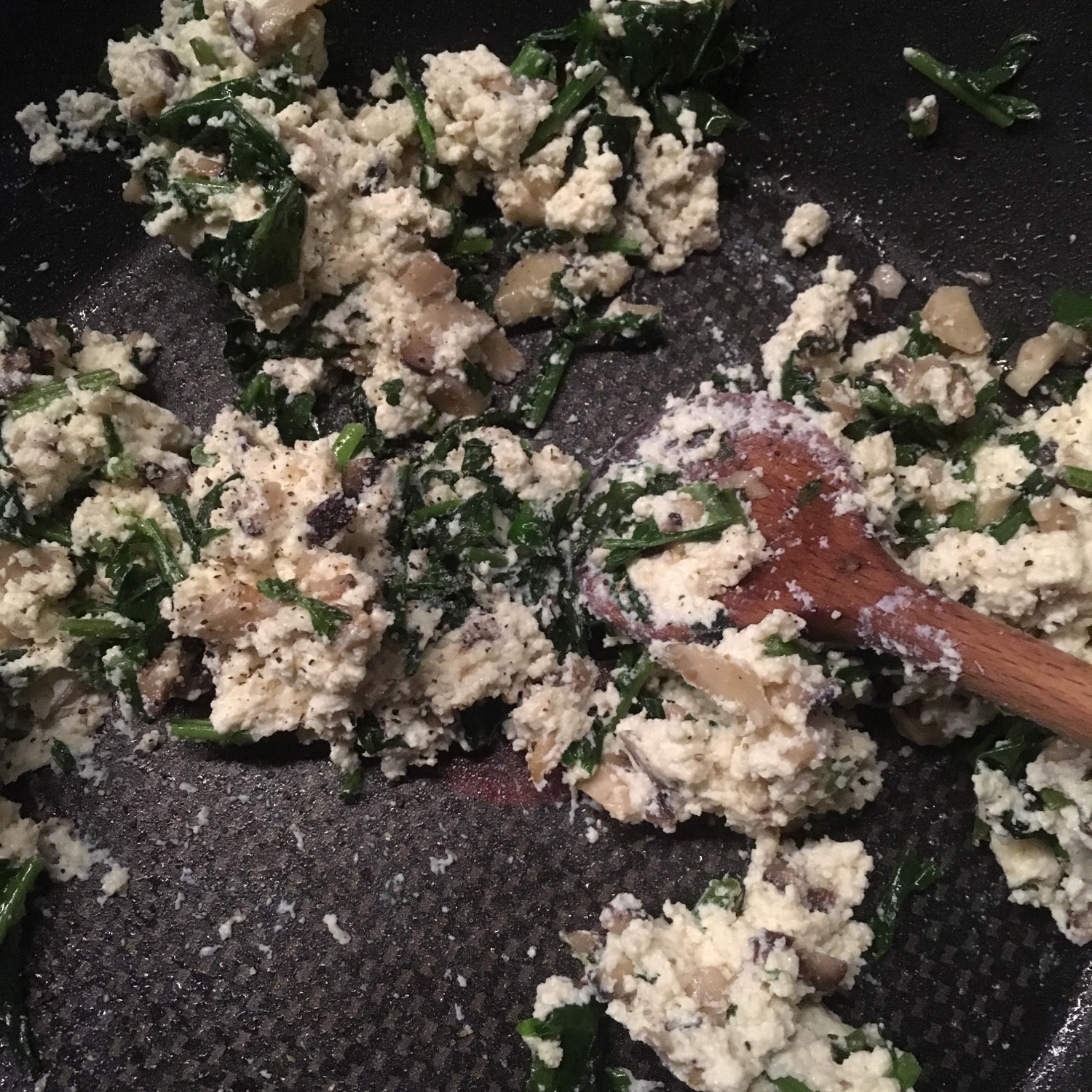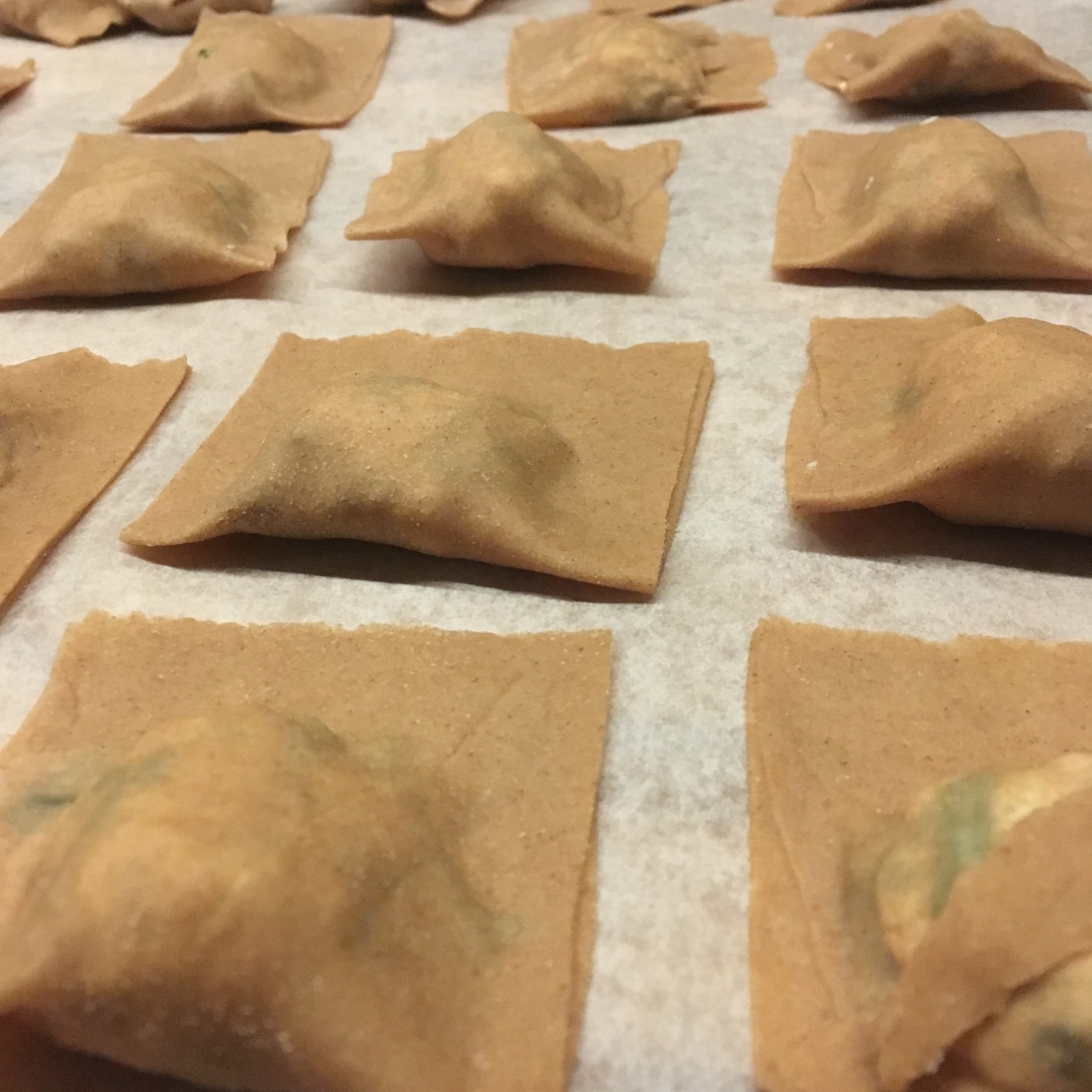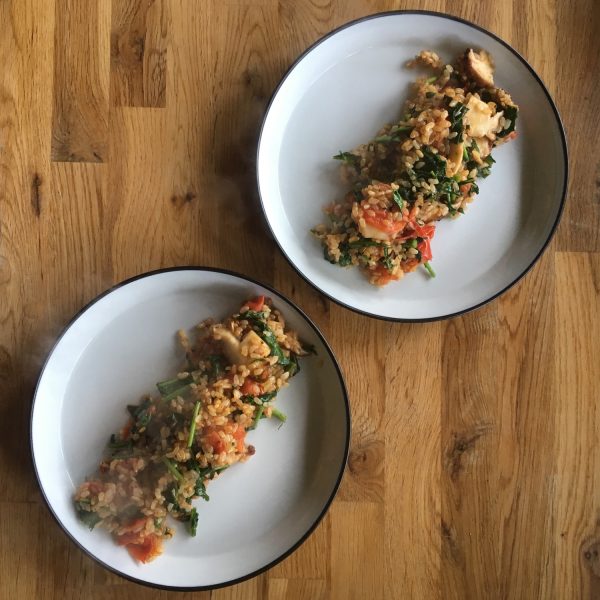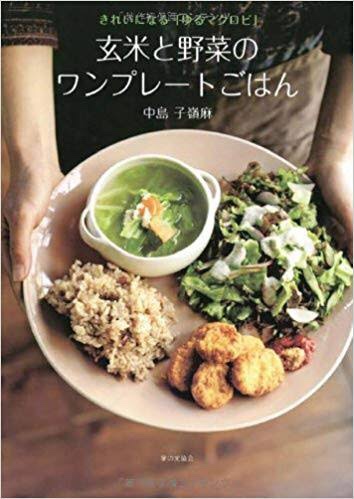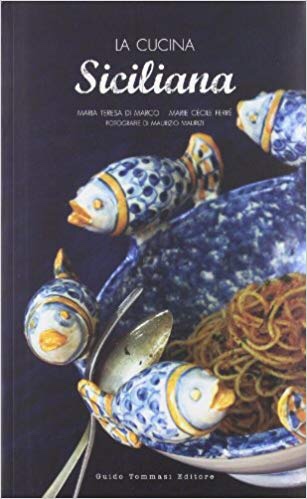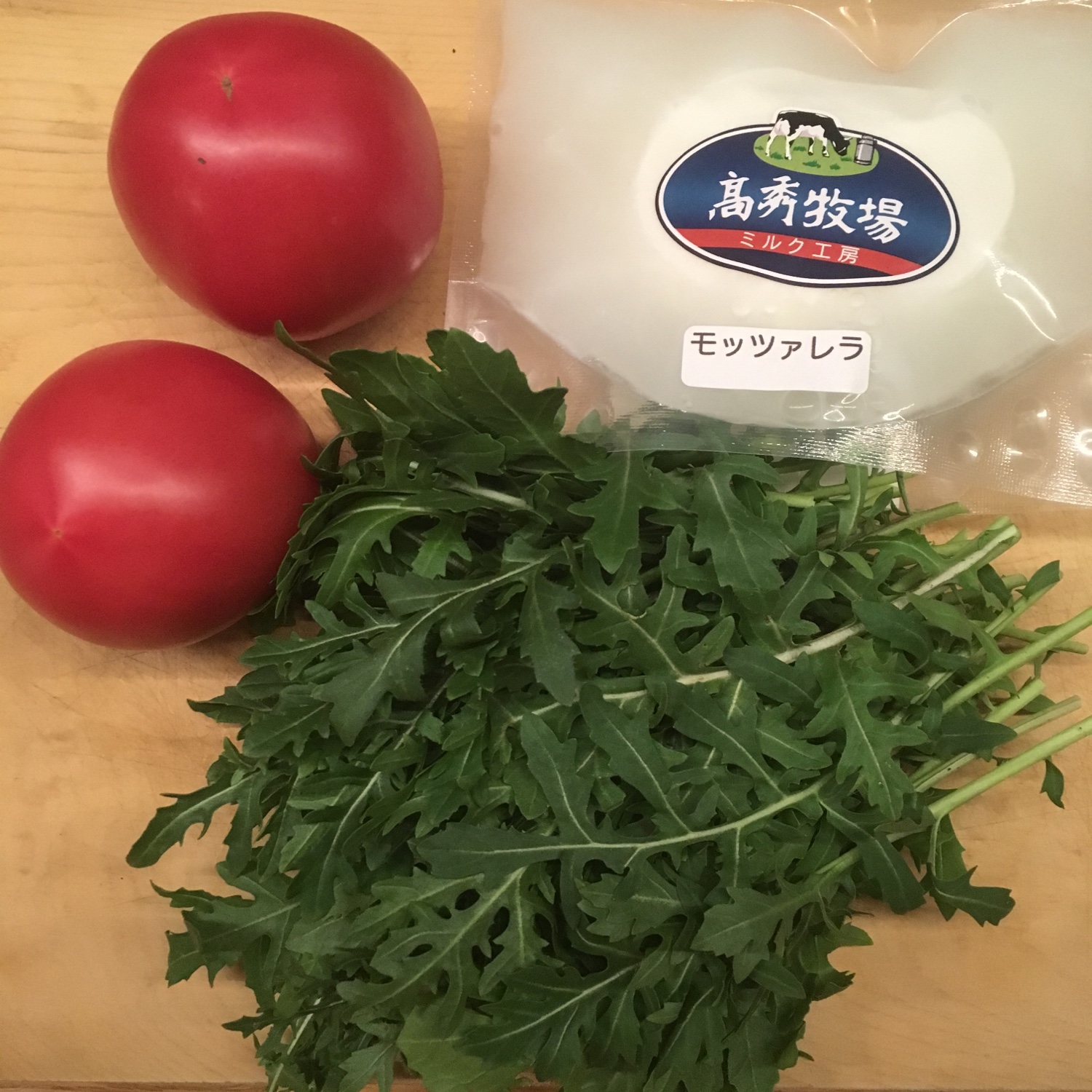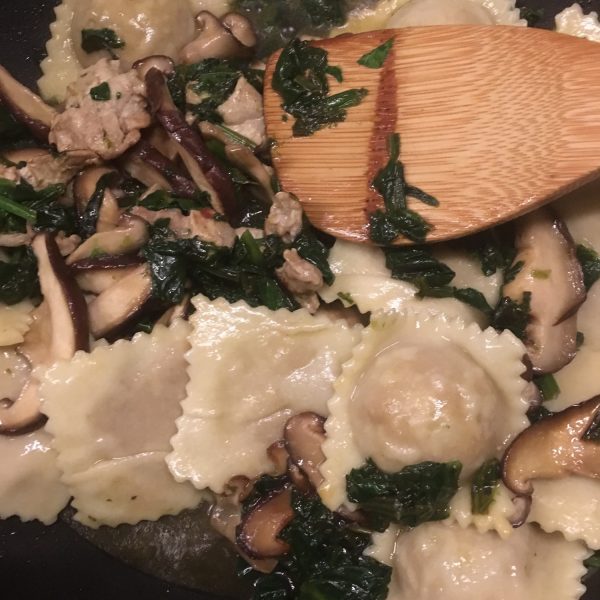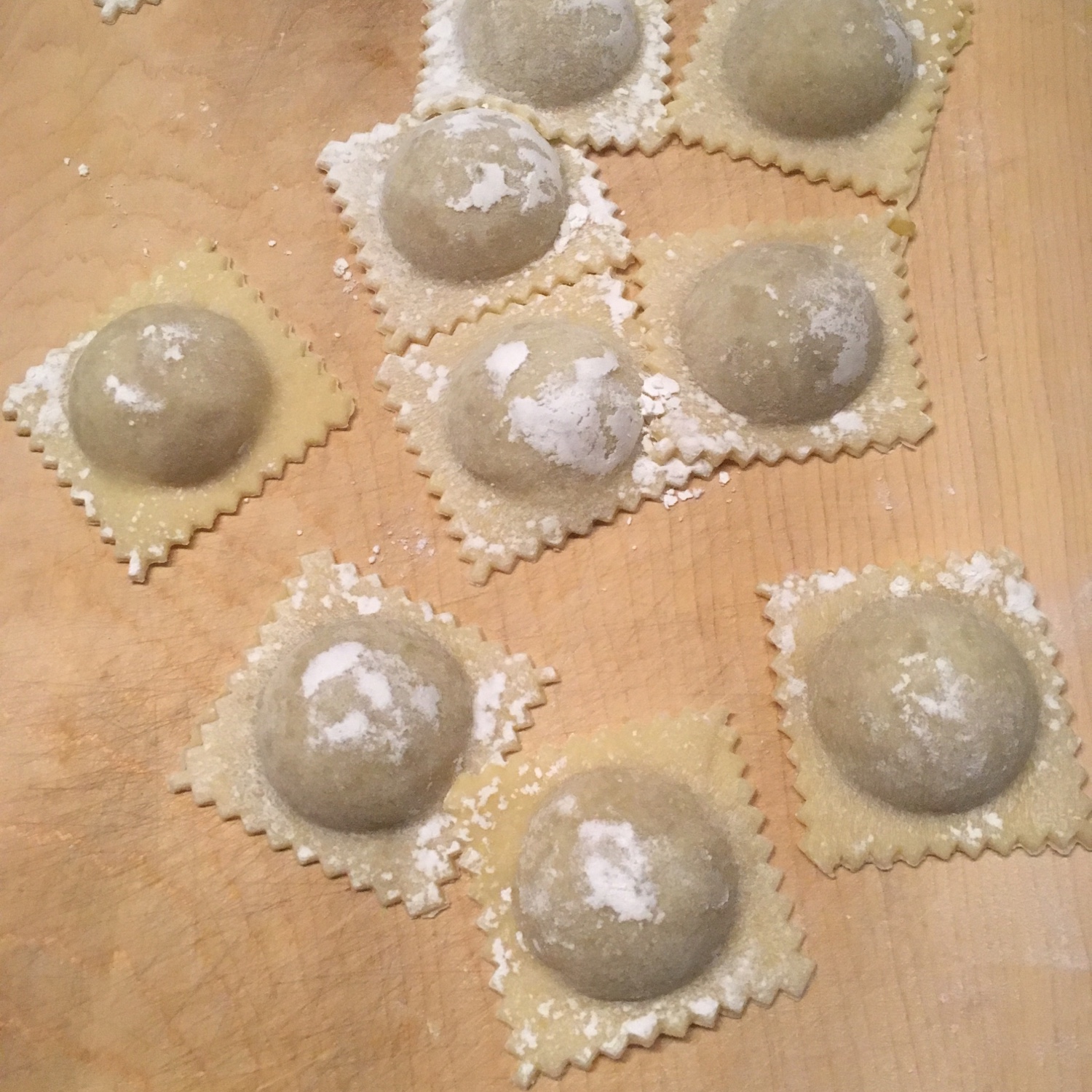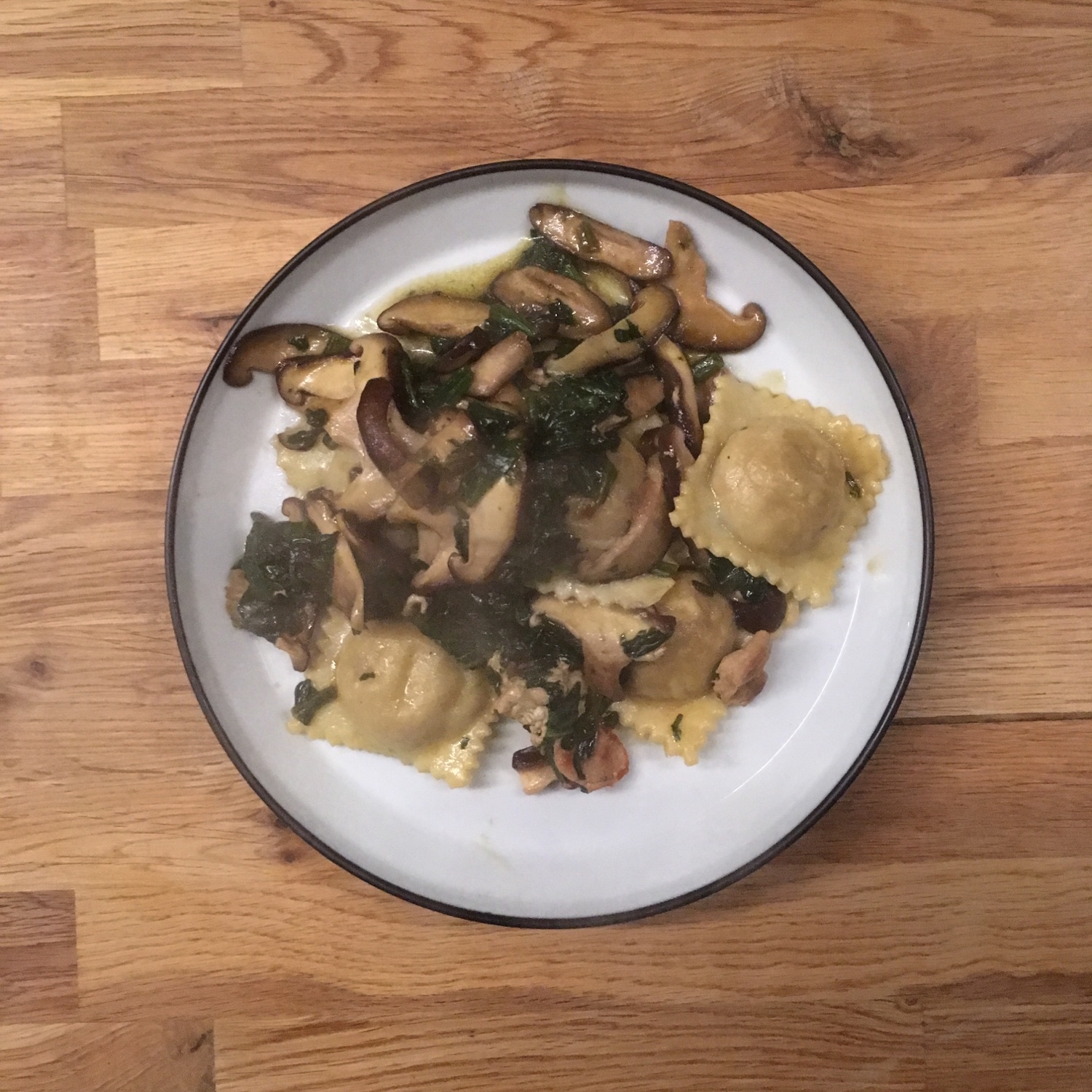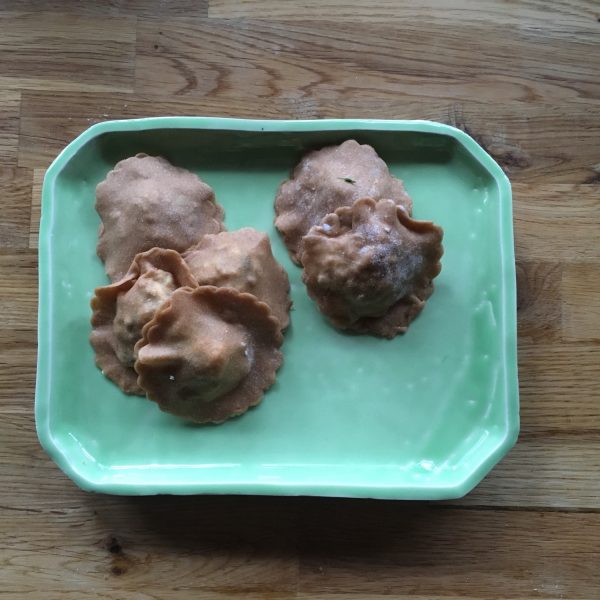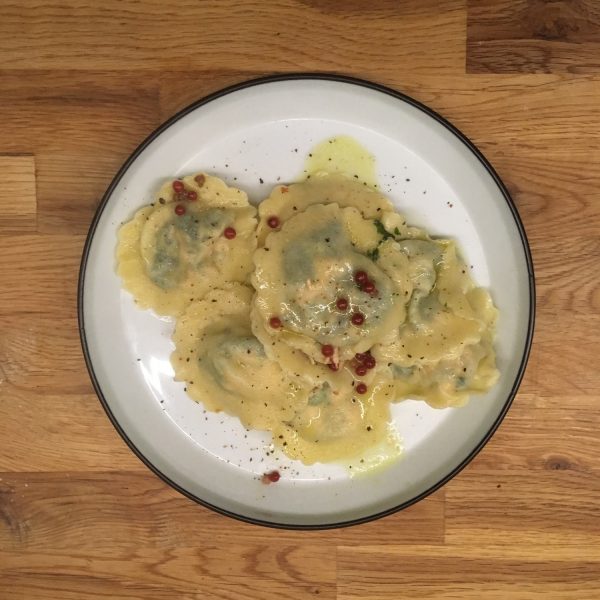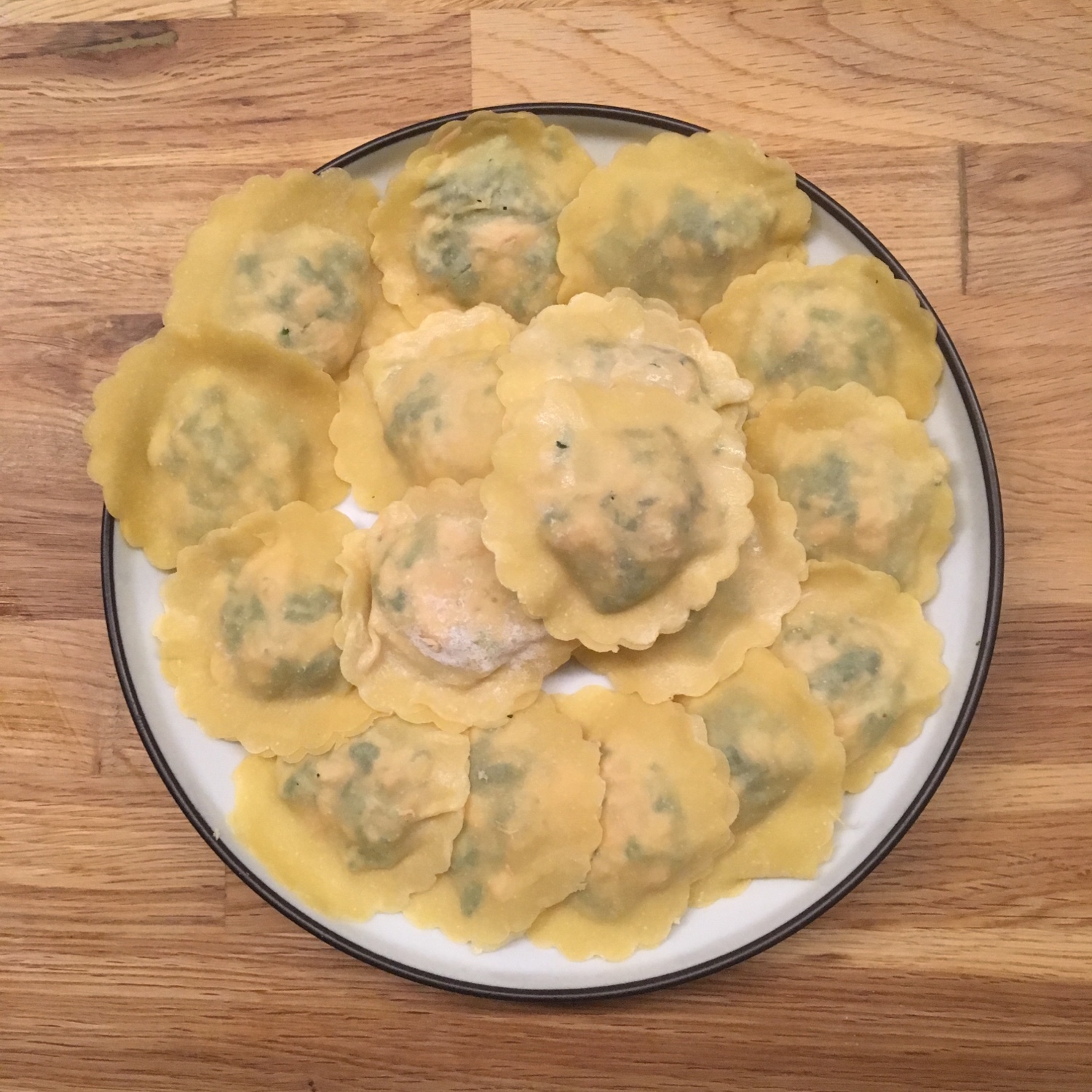There are recipe stories that are longer than others and that reflect how “agile” I manage my cooking!!! Last week I was telling you how much I love new onions and that you will see more recipes with them because I had in mind to prepare some ravioli filled with new onion. Everything was clear in my head and I knew exactly what I wanted to do. Sunday late afternoon taking a break from work I went to my kitchen to prepare the pasta dough. Not the classic one, my ravioli would be infused with Japanese flavors. So I made a soya sauce pasta base. Then I started thinking of the filling and boiled a potato to smooth the filling that would consist in chopped new onion slightly cooked in a pan with katsuobushi flakes. And while the potato was boiling I went back to work and worked worked worked, with our new stray cat all cuddled on my laps… and I forgot the potato, time and preparing dinner. At almost 21:00 A. reminded me that we should actually go back to Tokyo… oups… nothing was ready and it was too late to start making ravioli. So we ate the potato, I packed my pasta dough, my new onions and we drove back to the city.
Monday night I came back home around 22:00 and it was really not a descent hour to make ravioli… I knew it… so I decided to roll my pasta manually and make tagliatelle and use the onion just as a topping. The result was so awesome that I am now thinking of making it a new entry to the Soya sauce contest…
Here is what I did:
Soya sauce pasta
– 1egg
– 120g of flour
– 3tbs of soya sauce
– 1 new onion
– 2-3 shiitake
In a bowl knead the flour, soya sauce and egg together to make the pasta dough. Keep for 1h.
Roll the pasta, and make tagliatelle.
Wash the vegetables and slice them. In a pan greased with a bit of oil, throw the vegetables and cook at low heat. Boil the pasta and drain them. Add to the vegetables, stir well, serve and eat immediately. You can add a bit of grilled pork to the vegetables…
